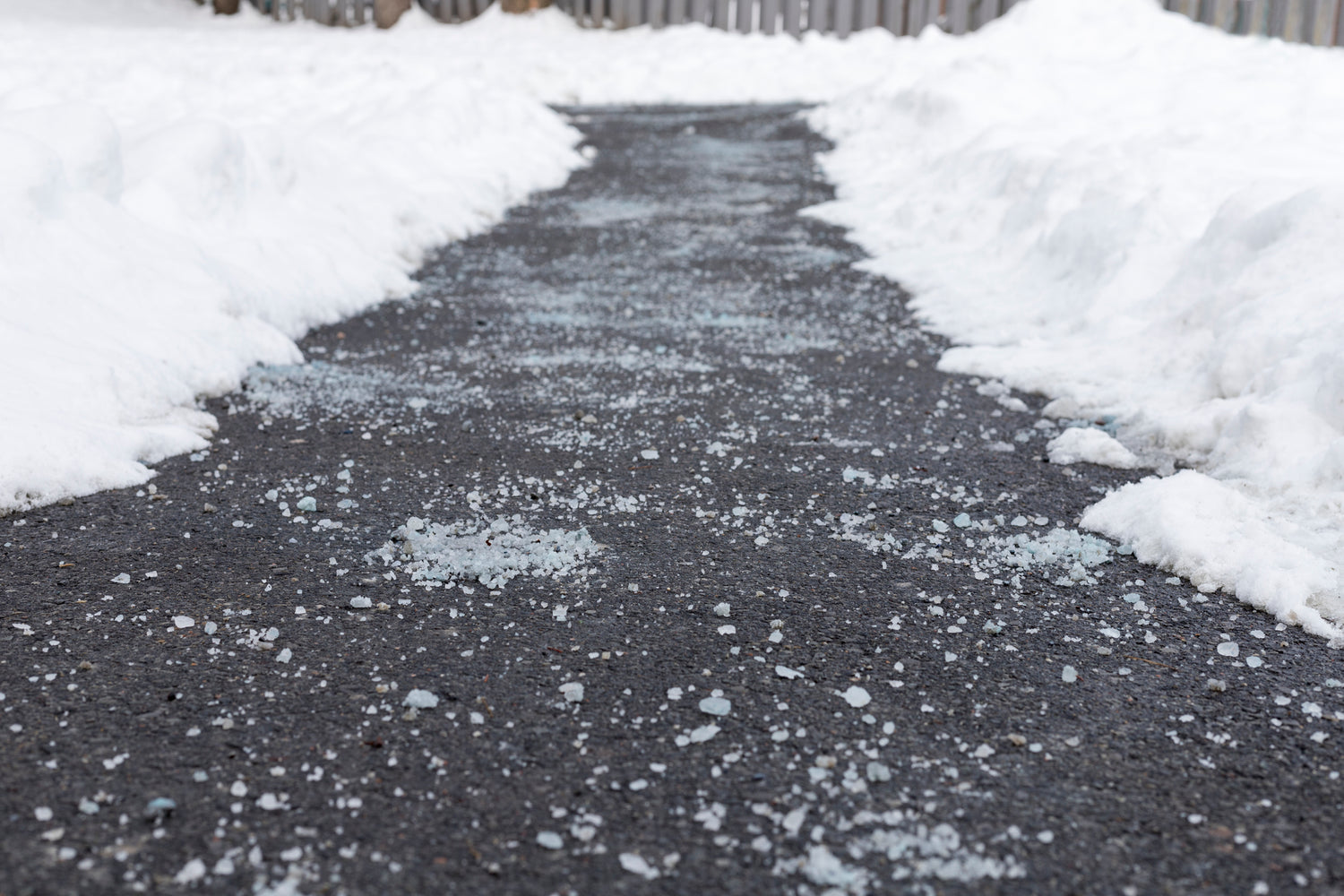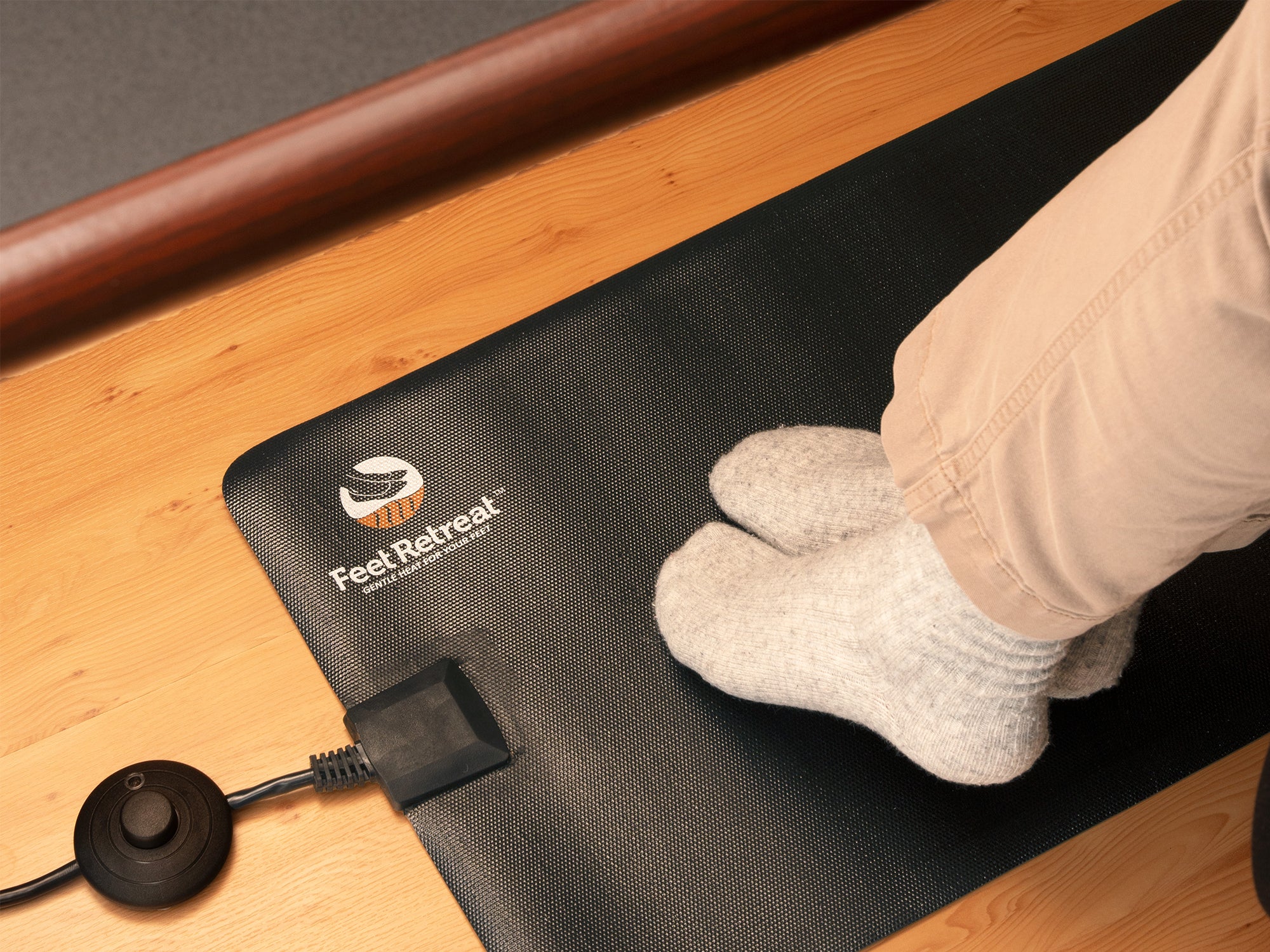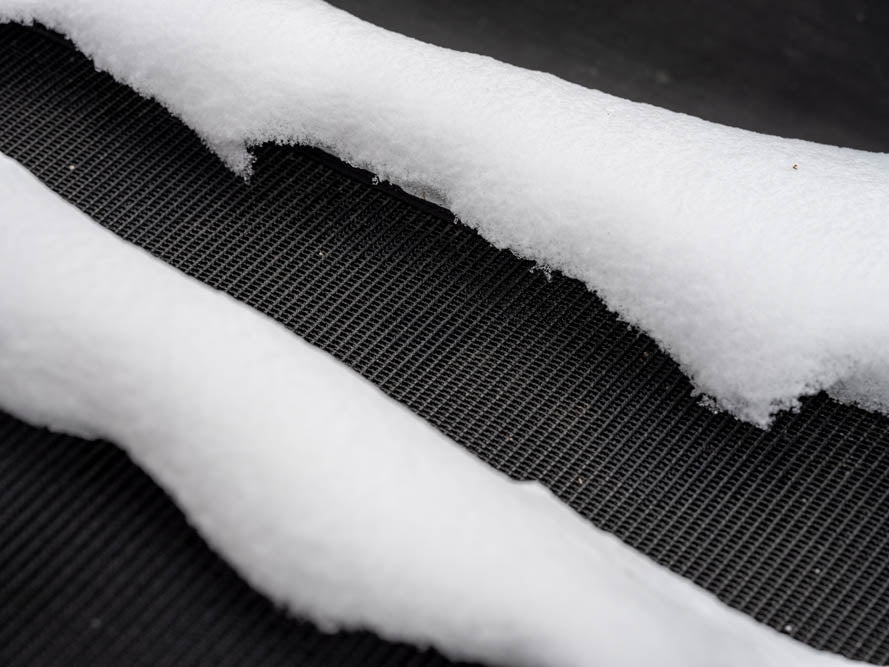Optimal Timing for Salting
Effective salting largely depends on timing. Applying salt before snow begins to fall—known as "anti-icing"—helps prevent ice from bonding to the sidewalk, facilitating easier removal later and reducing the quantity of salt needed.
However, salt's effectiveness diminishes at temperatures below 15°F (-9°C). It’s crucial to choose a deicing product that works well in your area's typical winter temperatures and to stay updated with the weather forecast to time your salting appropriately.
Post-Snowfall Salting
If you missed pre-treating your sidewalks, it's still important to act quickly after snowfall. Clear as much snow and ice as you can before applying salt to the residual layer. This helps prevent refreezing during the colder nighttime hours, which is often responsible for the hazardous black ice.
Considering the Environment
Although effective, salting can have negative environmental impacts, such as damaging vegetation and contributing to water pollution. Using the minimum effective amount of salt and considering alternatives like sand for traction can help mitigate these effects.
The Alternative: HeatTrak Snow & Ice Melting Mats
For those looking for an alternative that reduces the need for chemical deicers, HeatTrak Snow & Ice Melting Mats are worth considering. These mats are designed for use on walkways, stairs, ramps, driveways, and entrances, keeping these areas free of snow and ice through heating.
Benefits of Switching to HeatTrak Mats
HeatTrak mats offer several advantages over traditional salting:
-
Consistent Effectiveness: The mats provide a steady source of heat that prevents ice from forming and maintains clear pathways, unlike salt, which can be washed away or diluted.
-
Reduced Salting Needs: By maintaining clear walkways, these mats decrease the frequency and volume of salt needed, which can be beneficial for both your budget and the local environment.
-
Friendlier Than Salt: HeatTrak mats offer a more environmentally considerate option compared to extensive salt use, which can lead to significant environmental degradation. By reducing reliance on chemical deicers, these mats help preserve local ecosystems and reduce the overall environmental impact of managing ice and snow.
Conclusion
Knowing when to salt a sidewalk is key to maintaining safe walkways during the winter. As you implement these techniques, consider how HeatTrak Snow & Ice Melting Mats could also enhance your approach to managing ice and snow, providing a simpler and potentially friendlier alternative to traditional methods.


